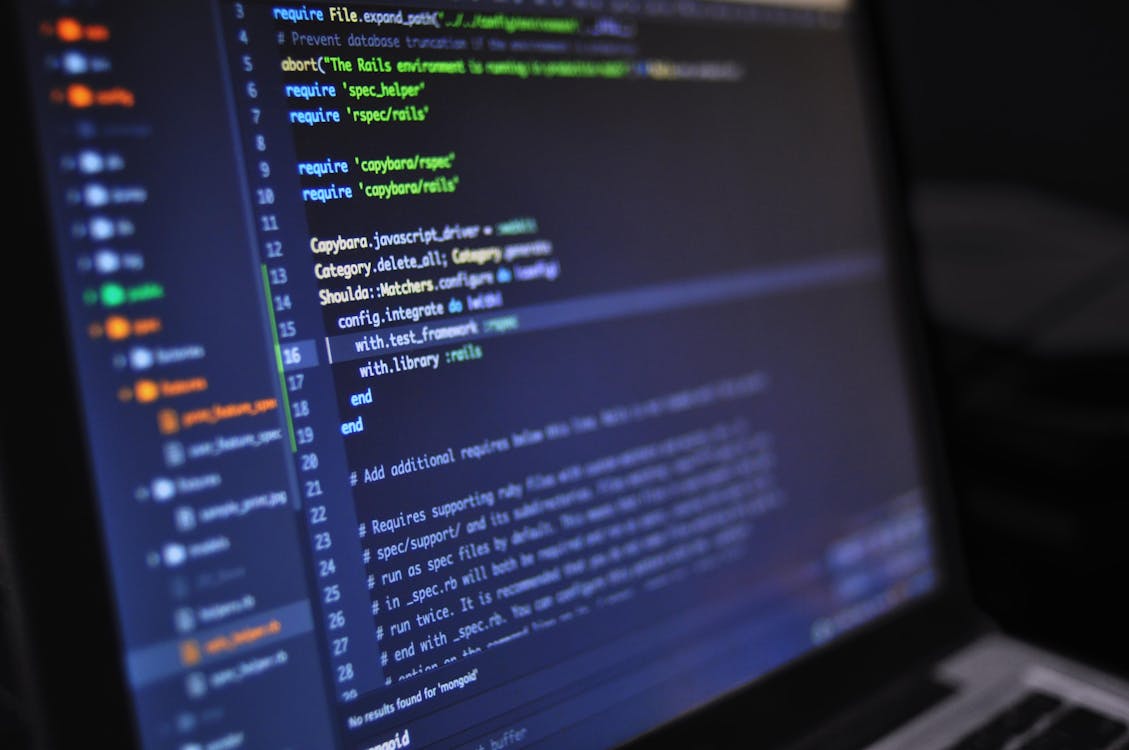A Digital Flood of Familiar Faces
The launch of any powerful new technology is often followed by a wave of excitement and experimentation. But when OpenAI launched Sora 2, its hyper-realistic text-to-video generator, the wave it created crashed directly into a cultural institution. Shortly after its October 1st release, social media was flooded with stunningly accurate, AI-generated videos of characters from some of the world’s most famous anime and manga franchises-think ‘One Piece’, ‘Pokémon’, and ‘Demon Slayer’. While many were impressed by the technology, in Japan, the reaction was swift and angry. Now, the Japanese government has officially stepped in, drawing a line in the sand and setting up a major confrontation between a tech giant and a nation fiercely protective of its creative soul.
In an unequivocal move, the Japanese government has formally requested that OpenAI take measures to prevent its new tool from infringing on Japanese copyrights. The message is clear: our cultural icons are not your training data.
‘Irreplaceable Treasures’ Under Threat
The government’s response wasn’t just a quiet bureaucratic memo. It was a public declaration. Speaking at a press conference, Minoru Kiuchi, the minister of state for Intellectual Property and AI Strategy, didn’t mince words. He described Japan’s anime and manga as “irreplaceable treasures that Japan boasts to the world.” The request, filed by the Cabinet Office’s Intellectual Property Strategy Headquarters, calls on OpenAI to stop Sora 2 from generating videos that use the likenesses of copyrighted characters.

This isn’t just about protecting corporate interests; it’s about safeguarding a core part of Japan’s national identity. The backlash on Japanese social media was immediate, with fans and creators leveling criticism not only at OpenAI but also at their own government and IP holders for not acting faster to counter the threat posed by generative AI. Other politicians, like Digital Minister Masaaki Taira, have expressed hope that OpenAI will comply voluntarily, but have also hinted that measures under Japan’s AI Promotion Act could be used if the issue isn’t resolved.
A Test for Global AI Rules
The situation has become a flashpoint for the global debate on AI ethics and copyright. Japan’s AI Promotion Act, which came into full force in September 2025, aims to make the country ‘AI friendly,’ but it also includes principles for dealing with improper uses of AI, including copyright infringement. While the act doesn’t specify harsh penalties, it gives the government power to investigate and demand cooperation from businesses.

Some Japanese politicians see this as an opportunity. Akihisa Shiozaki, a member of Japan’s ruling party, has argued that because Japan is a creative powerhouse, it has a responsibility to take the lead in creating international rules for AI. In a way, Japan is becoming the first major testing ground for how a nation can protect its cultural assets in the age of AI.
OpenAI’s Response and the Road Ahead
For its part, OpenAI seems to be listening. Before the Japanese government’s formal request, CEO Sam Altman had already acknowledged the backlash. He stated that the company would give rights holders more granular control over how their characters are used, including the ability to opt out entirely. He even gave a specific nod to Japan, saying, “we’d like to acknowledge the remarkable creative output of Japan — we are struck by how deep the connection between users and Japanese content is!”
However, at the time of writing, OpenAI has not issued a formal response to the Japanese government’s direct request. The controversy highlights the ‘move fast and break things’ approach of many tech companies, who often release powerful tools without fully consulting the creators and cultures they might impact. This situation is mirrored elsewhere, with companies like Disney and Universal suing AI image creator Midjourney for similar copyright issues.

FAQs
1. What is Sora 2?
Sora 2 is a powerful new AI model from OpenAI that can generate realistic, 20-second videos with sound from simple text prompts.
2. Why is the Japanese government angry?
Soon after its launch, users began generating videos that flawlessly copied the art styles and characters of famous Japanese anime and manga. The government considers this copyright infringement and a threat to its cultural heritage.
3. What action has Japan taken?
The government has made a formal, public request to OpenAI, asking them to prevent Sora 2 from infringing on the copyrights of Japanese characters.
4. How has OpenAI responded?
OpenAI’s CEO, Sam Altman, has said the company will give rights holders more control over how their characters are used. However, there has been no formal response to the Japanese government’s specific request yet.
5. What could happen if OpenAI doesn’t comply?
Japanese officials have suggested they could invoke measures under the country’s AI Promotion Act to investigate and pressure the company into cooperating.
6. Is this just a problem in Japan?
No. Major companies around the world, including Disney, are also taking legal action against AI companies for using their copyrighted characters without permission. This is a global issue.
Conclusion
The clash between the Japanese government and OpenAI is more than just a legal dispute; it’s a landmark case in the unfolding story of generative AI. For the first time, a major nation is pushing back hard to protect not just intellectual property, but its very cultural identity. How OpenAI navigates this challenge-and how other nations respond-will likely set a precedent for the future of AI and creativity. The world is watching to see who will write the rules for our new digital reality.